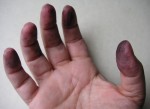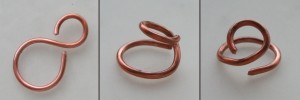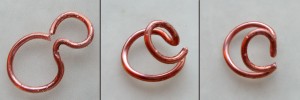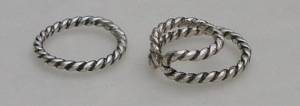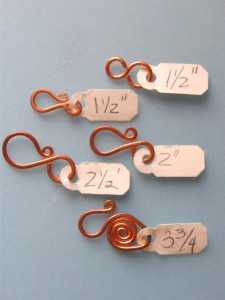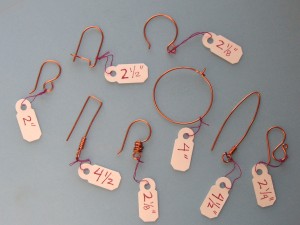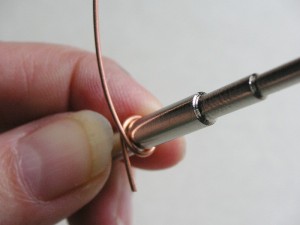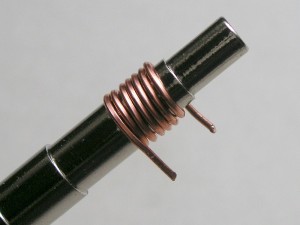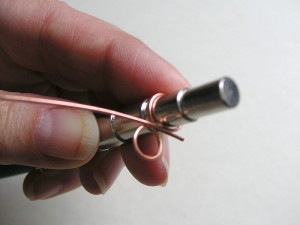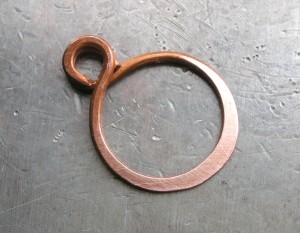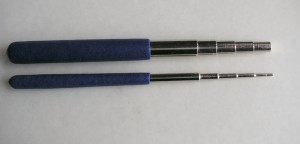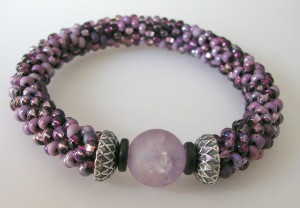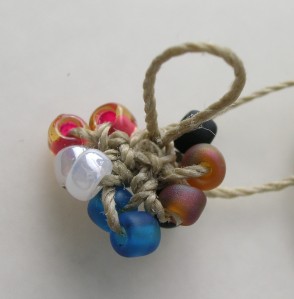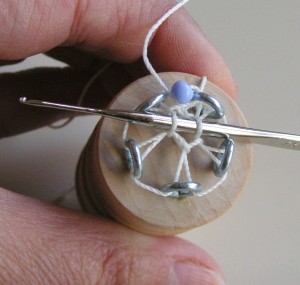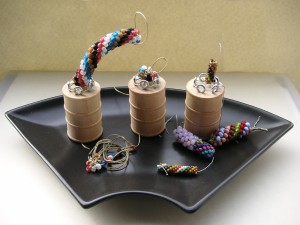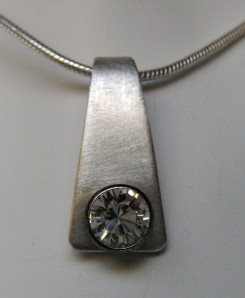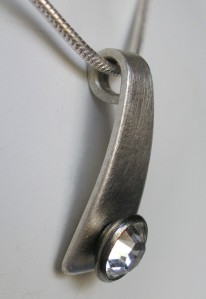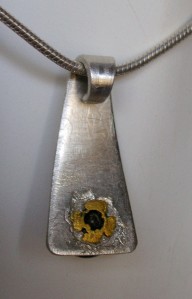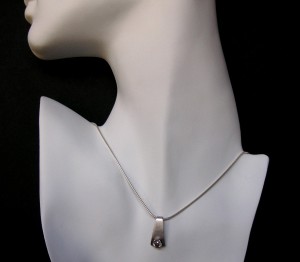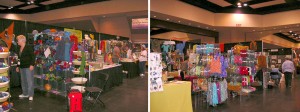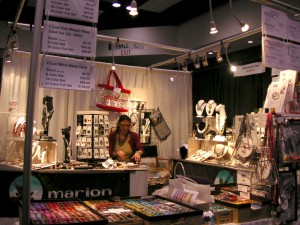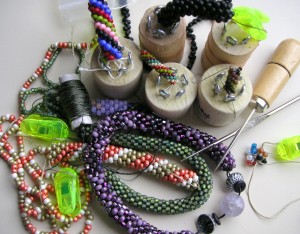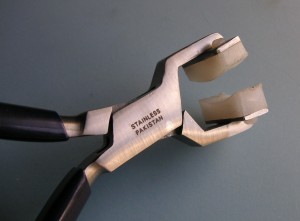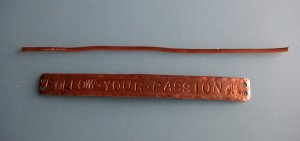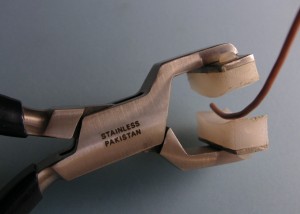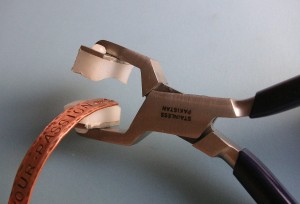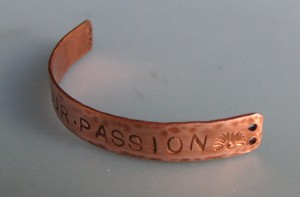Some Changes Going On…
I usually keep my blog focused on jewelry making activities – creativity, my classes, tips and projects, and the business side. But today, I’m doing a quick write up about some changes going on.
It has been extremely difficult to realize that as much as I love creating, designing, and teaching classes, jewelry making is not a way for me to make a living. Even though I no longer live the style I used to as a corporate manager, I still need to pay the bills and feel comfortable financially, so I had to shift gears a bit, and look elsewhere.
A few weeks ago, I took a trip to Florida for a class I took (so nice to be a student for a change!), and this was the view from my seat… I love this picture! The class wasn’t about jewelry making – it was for a totally different business venture of mine that I have been involved in for the past 6 months, which is about to be launched.
In about 2 weeks, I will be opening up a store (brick and mortar), called “Big Frog Custom T-Shirts & More of Mountain View” and I was in Florida to attend my business training at FrogU (really!).
I had been looking at franchises for a while. I had a pretty extensive list of what I wanted, and after a few years of looking, the Big Frog franchise opportunity got before my eyes. It pretty much meets the key elements of what I was looking for in both a franchisor, and a business – a fun place, focused on customers, with potential to use both my creativity and my marking backround. So… I jumped into the pond, and I am now a Big Frog!
This is why I’ve been posting sporadically… I’ve always wanted StudioDax to remain mostly focused on jewelry – not my personal life, and not my Big Frog activities. Like so many others, I started StudioDax as a natural extension of my jewelry making hobby. StudioDax will continue – I will maintain my StudioDax Shop on Etsy, where I will continue selling some of my jewelry, some great jewelry tools, and of course my bead crochet Jig/Tutorial. I will continue developing and creating new designs because I love to design jewelry!!
AND – I will continue to post here on my blog, keeping the focus on things that the jewelry community will be interested in Although it is no longer the way I make a living, it is still a big part of who I am!
If you are interested in seeing what has been my focus for the past few months, you can check out my Facebook page for Big Frog of Mountain View. And I promise – my next post will be on something bling bling!

